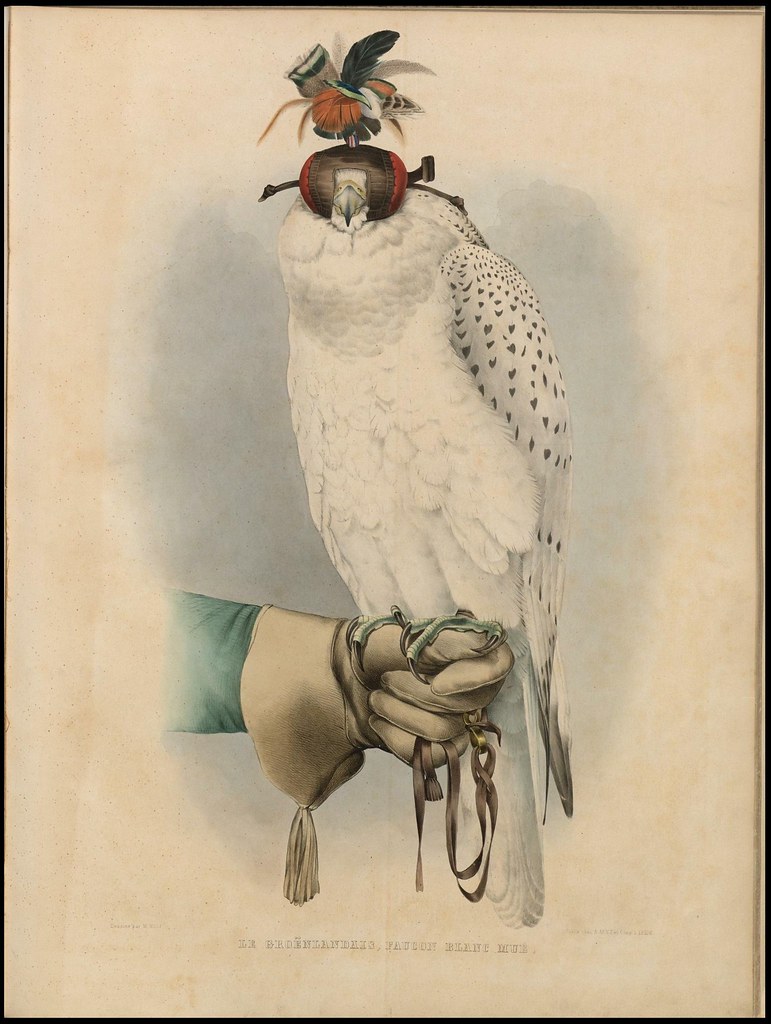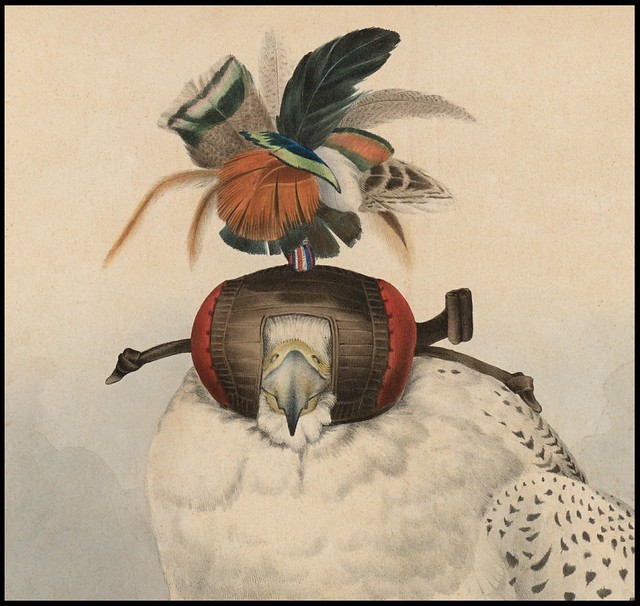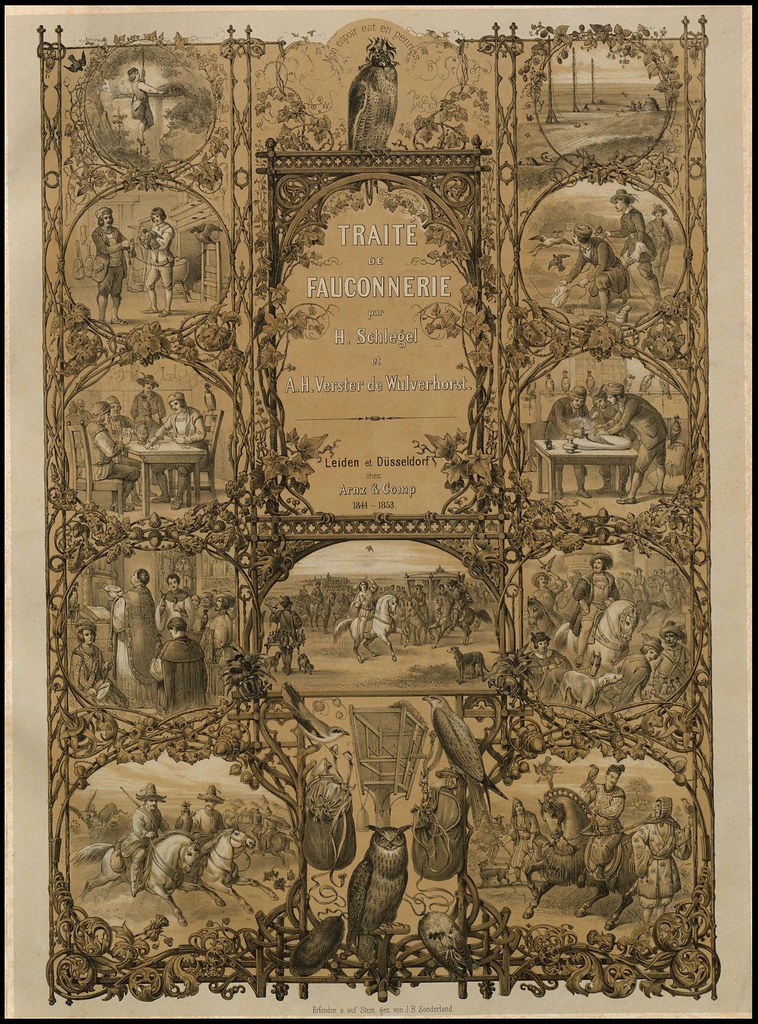Falconry is the art of using a trained raptor (bird of prey) to hunt wild quarry like birds or small mammals. The practice dates to at least 2000 BC and birds used for falconry (or hawking, a near-synonymous term in the modern parlance) include buzzards, eagles, Harris hawk, Peregrine falcons, Lanner falcon, Gyrfalcon, goshawks, owls and kestrels, among others.
The pastime is complicated and time-consuming and, in America at least, requires a minimum two year apprenticeship. The raptors are not pets and do not establish a bond with their handlers beyond trust and food source. Objections to falconry have been raised by environmentalists (it is virtually outlawed in Australia, albeit indirectly, for example) but the falconry community has made significant and undeniable contributions to species conservation and protection. I don't know enough to have an opinion other than to suppose that the trainer/handler licensing should be stringent (not too different from my thoughts on parenting).
- The Ancient Art (from Master of the Mews: The Medieval Falconer)
- Wikipedia: falconry | falconry training.
- PBS: A Falconer's Memoir by Dan O'Brien.
- Youtube - falconry.

(Hooded White Greenlander falcon or gyrfalcon - based on a portrait of the bird by Pierre Louis Dubourcq)


click through to large and very large versions.


"Falconry hoods are among the very first pieces of equipment that a falconer will obtain when beginning to learn the art of falconry. A properly fitted hood ensures that the bird remains calm while in the presence of humans, as otherwise it may become alarmed and distraught. A hood is essential in making a bird ready for training. The acclimatization of the bird to humans is known as "manning" and is the first step in the training regimen." [source]





[A bird of prey "taken from a nest in the wild or bred in captivity is known as an eyas. A hawk trapped during its first year in the wild is called a passager, and a hawk trapped in its adult plumage is termed a haggard. The female peregrine falcon is properly called a falcon, and the male — which, in common with most species of raptors, is smaller than the female — is known as a tiercel." {source}]


'Traité de Fauconnerie' (1844-1853) by Hermann Schlegel and Abraham H Verster van Wulverhorst is available online at Heinrich Heine Universität Düsseldorf [click 'Übersicht' for thumbnail pages] [Amazon]
"The finest work on Falconry which has ever been produced; not only on account of the beauty of the plates, wherein the hawks are depicted life-size and of the natural colours, but also for the general accuracy of the letterpress. [..]As quoted from the veritable bible of falconry literature: 'Bibliotheca Accipitraria : A Catalogue of Books Ancient and Modern Relating to Falconry' By James Harting, 1891 (Revised) Online | Amazon | Bibliothecca Accipitraria II.
Exclusive of the ornamented title-page, there are 16 folio plates, 2 of which are illustrative of Heron Hawking at the Loo, in 1844, with portraits of contemporary falconers; 2 others contain figures of hoods, jesses, lure, and other accessories; and the remaining 12 give life-sized coloured figures of the hawks employed by falconers, admirably drawn by Joseph Wolf and J. B. Sonderland."
'Traité de Fauconnerie' was published in an elephant folio format (about 20x25 inches - hence, the descriptions talk of "life size" illustrations). It was issued in three instalments over nine years.
Less than one hundred copies were originally issued in the first edition between 1844 and 1853, of which only about fifty copies are known to have survived. I've seen prices in recent years ranging from £12,000 to £28,000 to £36,500 and the Abu Dhabi National Library was quoted more than £95,000 for a first edition copy last year to outfit their falconry collection.



















No comments :
Post a Comment
Comments are all moderated so don't waste your time spamming: they will never show up.
If you include ANY links that aren't pertinent to the blog post or discussion they will be deleted and a rash will break out in your underwear.
Also: please play the ball and not the person.
Note: only a member of this blog may post a comment.